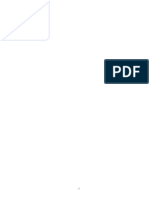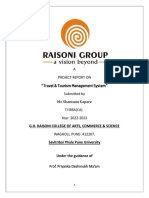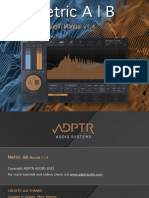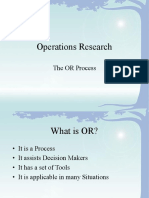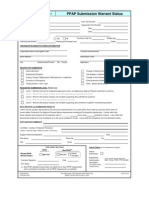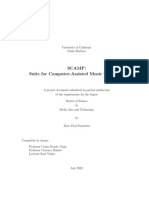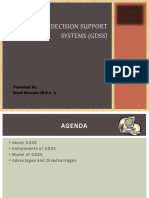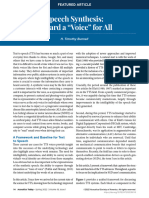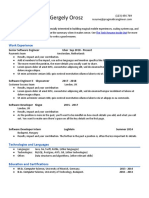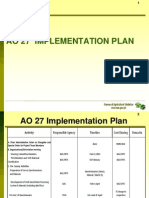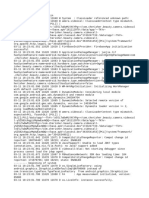0% found this document useful (0 votes)
24 views11 pagesFSD Report
The document outlines the development of a Paying Guest (PG) Management System utilizing the MERN stack, highlighting the transition from traditional manual management to a digital solution. It emphasizes the importance of digital tools in improving operational efficiency, tenant experience, and data management. The report details the system's design, methodology, and the benefits of automation in managing tenant records, rent payments, and communication.
Uploaded by
ajayrajesh50Copyright
© © All Rights Reserved
We take content rights seriously. If you suspect this is your content, claim it here.
Available Formats
Download as PDF, TXT or read online on Scribd
0% found this document useful (0 votes)
24 views11 pagesFSD Report
The document outlines the development of a Paying Guest (PG) Management System utilizing the MERN stack, highlighting the transition from traditional manual management to a digital solution. It emphasizes the importance of digital tools in improving operational efficiency, tenant experience, and data management. The report details the system's design, methodology, and the benefits of automation in managing tenant records, rent payments, and communication.
Uploaded by
ajayrajesh50Copyright
© © All Rights Reserved
We take content rights seriously. If you suspect this is your content, claim it here.
Available Formats
Download as PDF, TXT or read online on Scribd
/ 11




































